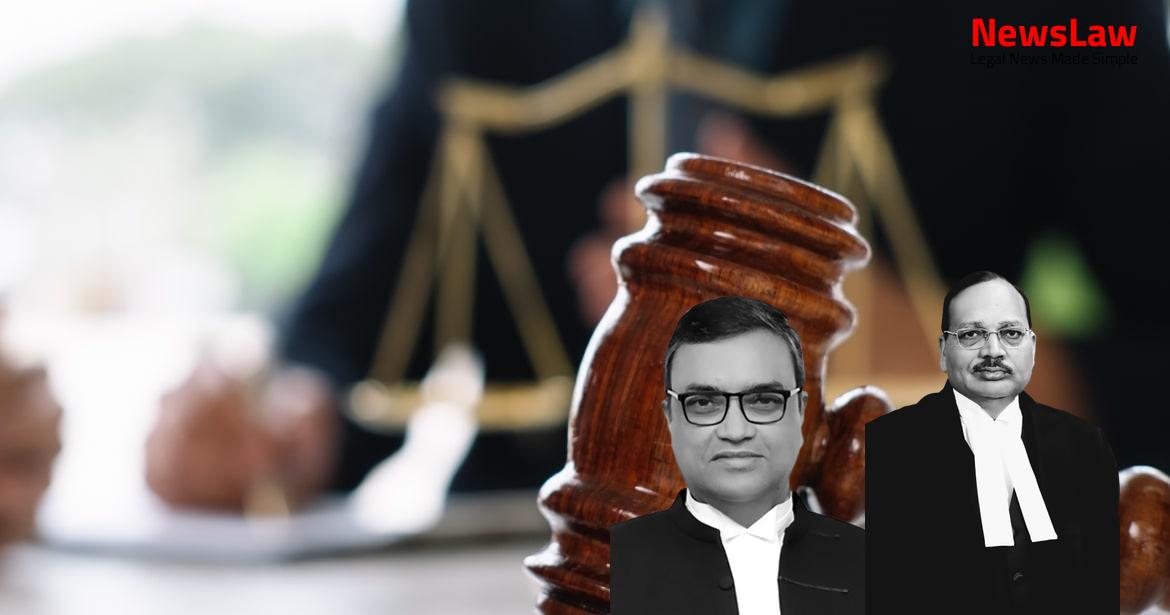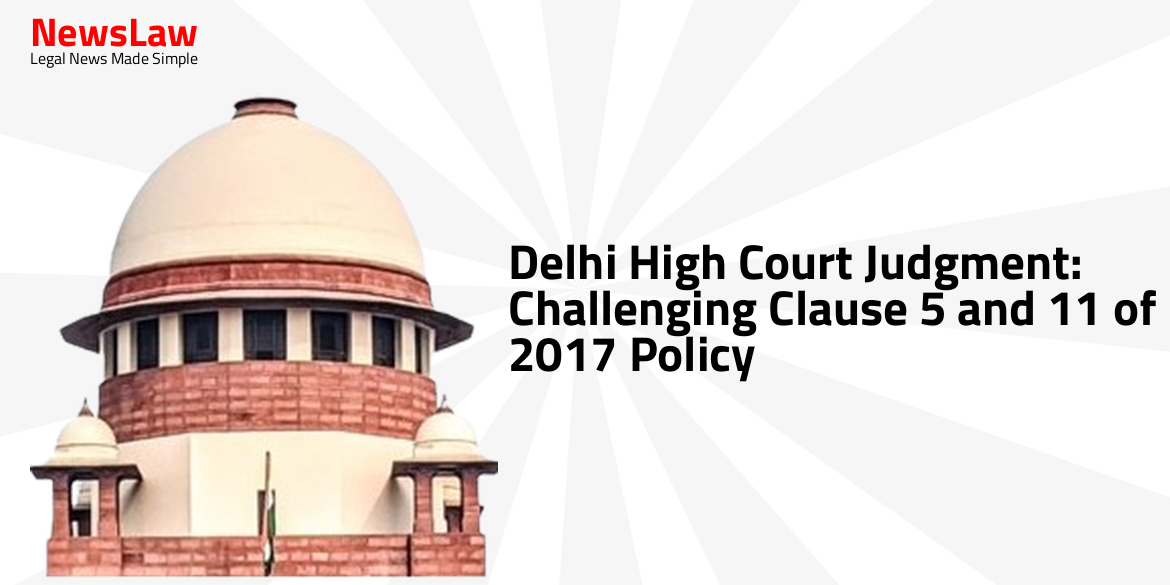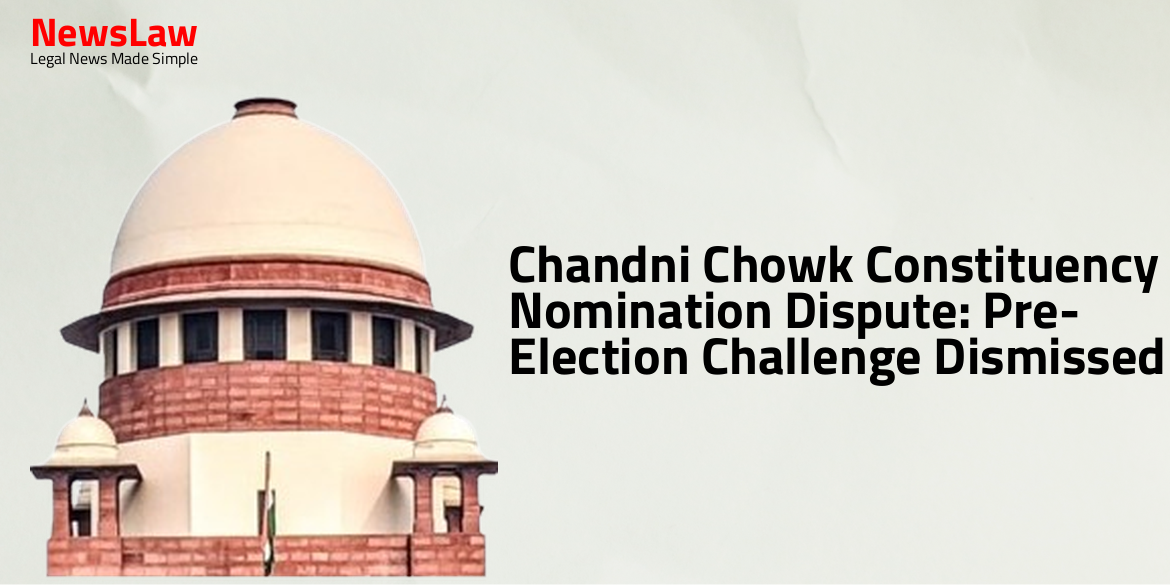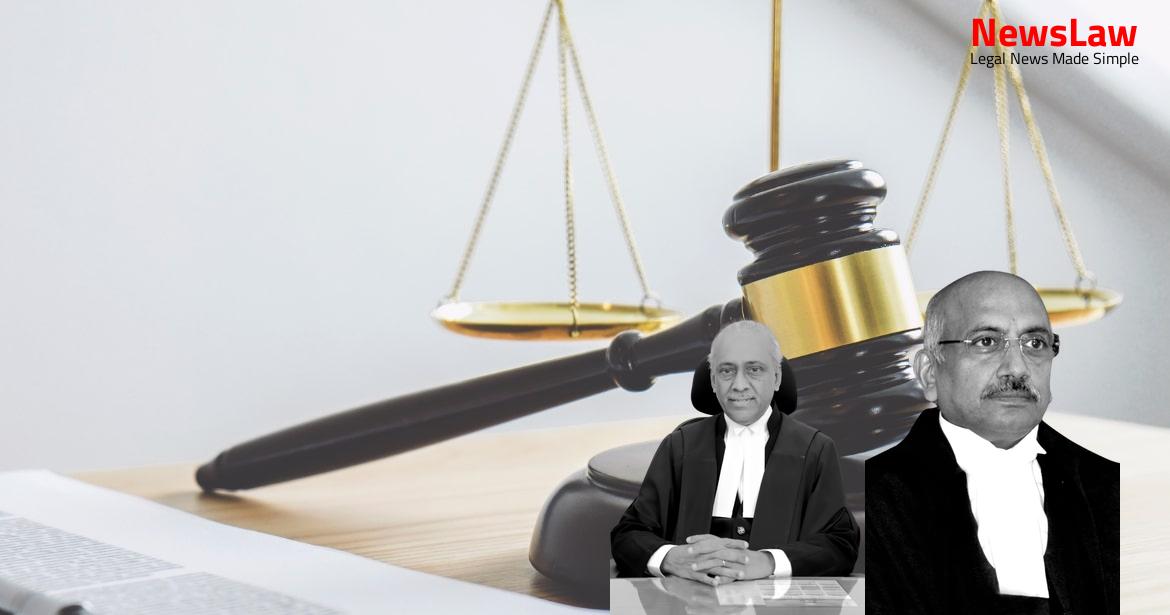In a significant ruling by the Supreme Court of India, the application of the Limitation Act in an insolvency matter involving State Bank of India and a debtor has been clarified. This case delves into the complexities of time limits in debt recovery cases, with implications for multiple stakeholders. Dive into the details of this landmark judgment that sheds light on the interplay between insolvency laws and the Limitation Act.
Facts
- The Respondent No.2 was declared NPA on 21.07.2011.
- The NCLT admitted the Section 7 application filed by the Petitioner No.1 to recover the debt of about 124 Crores of rupees.
- The NCLT applied Article 62 of the Limitation Act and concluded that the claim was filed within the limitation period of 12 years.
- The State Bank of India filed two O.As in the Debt Recovery Tribunal in 2012 to recover a debt of 50 Crores of rupees which was later assigned to Petitioner No.1.
- A Special Leave Petition was dismissed on 25.03.2017 related to the assigned debt from State Bank of India.
- The Debt Recovery Tribunal concluded on 10.06.2016 that the O.As filed before it were not maintainable.
- NCLAT held that the time of limitation would begin running from 01.12.2016
- This date marks the enactment of the Insolvency and Bankruptcy Code
- Appeal was dismissed based on this interpretation
- Special Civil Application filed before Gujarat High Court against this judgement
- High Court remanded the matter for further consideration
Also Read: Land-Grabbing Conspiracy Case: Supreme Court’s Landmark Judgment
Arguments
- Mr. Aditya Parolia argued that Article 137, being a residuary article, applies in this case as the right to sue accrued in 2011 and the Section 7 application filed in 2017 is out of time.
- He referred to the judgment in B.K. Educational Services Private Limited vs. Parag Gupta and Associates to support his argument for the application of Article 137.
- Mr. Debal Banerjee, representing the respondents, countered by emphasizing that Article 62 of the Limitation Act should apply based on a finding by the NCLT.
- He argued for a commercial interpretation of the Code for practicality.
- It was concluded that Article 62 does not apply as it is meant for suits only.
Also Read: Limitation Period Clarification: B.K. Educational Services Pvt. Ltd. vs. Parag Gupta & Associates
Analysis
- Mr. Banerjee relied on para 7 of B.K. Educational Services Private Limited case, but the Insolvency Law Committee’s Report stated that the Code was not meant to give new life to time-barred debts.
- The application in this case falls under Section 7 and falls under the residuary article 137 for limitation.
- The limitation period starts from 21.07.2011 in this case.
- Para 7 of the cited case does not assist the respondents’ case as the application under Section 7 is clearly time-barred.
- The court cannot interpret articles of the Limitation Act when a specific article is clearly applicable.
Also Read: Supreme Court Judgement: Determination of ‘Seat’ of Arbitration Proceedings
Decision
- Judgments have stated that time periods provided by the Limitation Act can be arbitrary in nature.
- The appeal is allowed and the judgments of the NCLT and NCLAT are set aside.
Case Title: GAURAV HARGOVINDBHAI DAVE Vs. ASSET RECONSTRUCTION COMPANY (INDIA) LTD.
Case Number: C.A. No.-004952 / 2019



